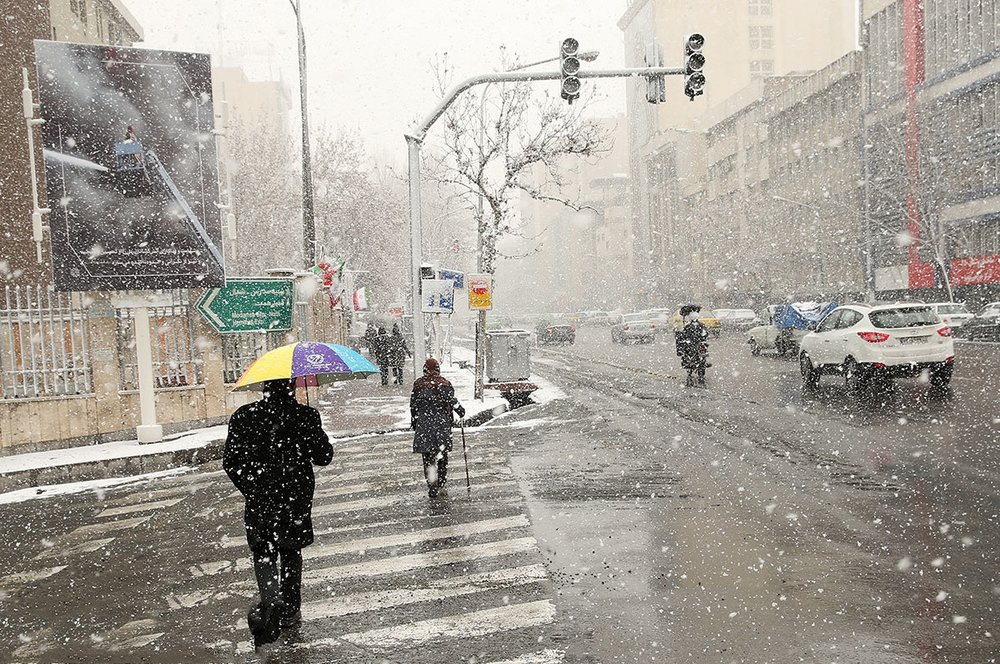Believe it, we are water-bankrupt, says deputy environment chief

TEHRAN – “I don’t know how to put this into words: we are living in a dry region, we are water-bankrupt and we should change our water consumption pattern accordingly,” deputy environment chief for human environment has said.
Masoud Tajrishi voiced his deep concern over water shortage in Iran over a live TV show aired on Monday.
The need to change water consumption patterns
Apart from northern provinces, Iran is considered a dry region, he said, adding “We should learn to adapt to arid climate.”
Criticizing the trend of developing lawns in arid regions, Tajrishi emphasized that a country which is getting enough sun rays, needs tree to create shadow not lawn which demand a huge amount of water.
Speaking on the urgent need for revising water consumption patterns, deputy environment chief attacked ineffective water-related education in schools and also the establishment of water demanding industries in dry areas.
Per capita water consumption in Iran is near 250 liters, he highlighted, adding, “We think that we have plenty of water, however, our consumption doesn’t fit our property. It is just like the situation where we spend all our money before receiving the salary.”
Tajrishi mentioned the 1.2 millimeters annual decrease of precipitation in Iran during last 20 years, stating, “If our people just understand that with continuing current consumption pattern what will happen to us and future generations, they will demand more actions and encourage administrations to reach a determination so that we can solve the water problem together.”
The water right of environment should be granted
The fact is that the environment has a water right and if its right is not granted, it will impose sand and dust storms or, in case of Urmia Lake, it will make the trees frostbitten by disrupting the temperature balance, he highlighted.
“I am guilty. I’m working in a department which should have tried to fulfill the water right of the environment. It’s late but never too late to mend.”
“We have captured and sold the water right of the environment … [not knowing that in the end] the force of environment is greater than ours,” Tajrishi added.
He further went on to say that “I am guilty. I’m working in a department which should have tried to fulfill the water right of the environment. It’s late but never too late to mend.”
The effect of recent precipitation on water resources
Can recent snow and rain and snowfall eliminate our concerns for water shortage? Definitely not.
The mean precipitation in Iran during September 23, 2017 to January 27, 2018 has been just 40 millimeters, despite the fact that the average precipitation in long run during the same period is 101 millimeters, said the director for drought and crisis management department of Iran’s Meteorological Organization.
“This means that we are experiencing 60 percent decrease of precipitation comparing to the long run,” Khabaronline quoted Shahrokh Fateh as saying on Monday.
Even comparing to last year’s stats, 37 percent decline in precipitation can be seen in the same period, he added.
Of course water consumption pattern not only refers to domestic use but also to agricultural and industrial use of water as well. Informing the public and encouraging them, especially the young generation, to revise their consumption pattern is vital, however, what about the inefficient irrigation systems in our agriculture sector?
MAH/MQ/MG
Leave a Comment